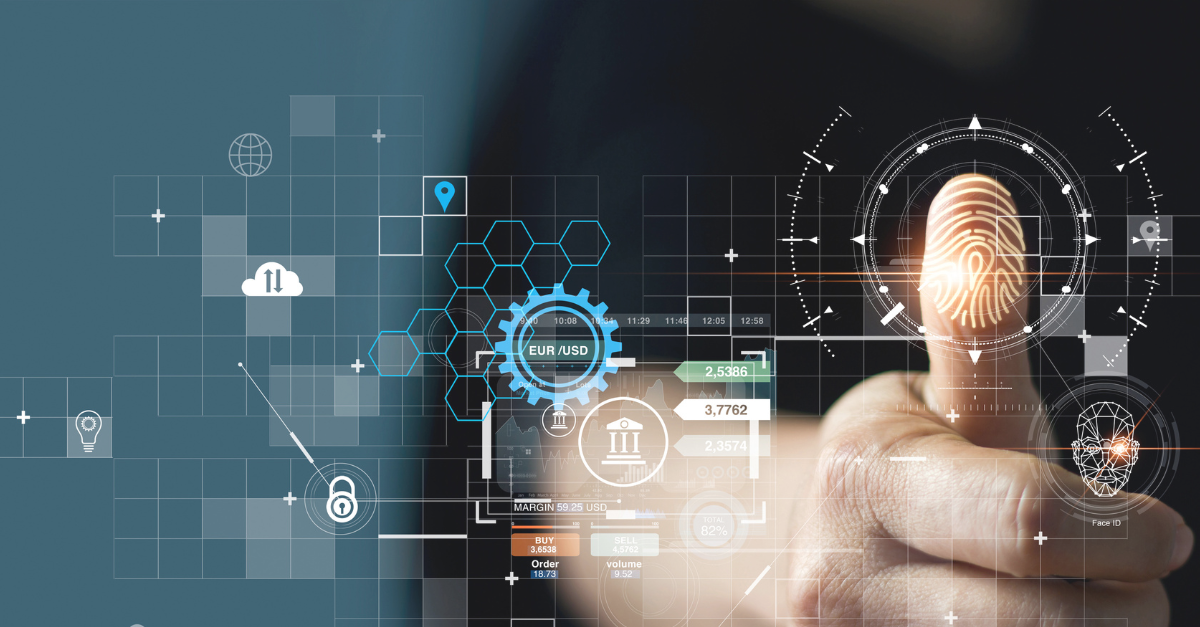No doubt, society has become pretty dependent on cell phones and other mobile gadgets, especially in the business world.
But, let's face it, with great connectivity comes great risks for businesses. Mobile devices are being used more and more for shady reasons, which means we need some savvy cybersecurity measures to keep us safe. In a nutshell, mobile device users could definitely use a trusty sidekick.
That's why AI for mobile cybersecurity can be a game-changer.
AI has revolutionized nearly every function within the digital landscape. Almost every modern company has jumped on the AI bandwagon, using it for various purposes, including mobile device cybersecurity. While it's true that bad actors are also leveraging AI for their benefit, the upside is that AI can be harnessed to strengthen defenses and boost cybersecurity efforts. Keep reading to learn how!
- 4 Ways AI is Enhancing Mobile Cybersecurity
- Pervasive Challenges of Securing Mobile Devices Using AI
- Forecasting the Future of Mobile Cybersecurity and AI
4 Ways AI is Enhancing Mobile Cybersecurity
How are today’s organizations currently leveraging AI to keep their data and systems safe? Although there are many use cases, four of the most notable AI-enabled security controls include:
1. AI-Driven Threat Detection and Response
AI-driven algorithms can identify and neutralize mobile threats in real time, and quickly learn and adapt to new threats. Having been recently integrated into endpoint security, AI is frequently used in endpoint detection and response (EDR), which aims to protect physical devices like cell phones and tablets from malicious activity and cyberattacks.
Once again, a significant strength of AI is its immense capacity for data analysis tasks, which play a crucial role in EDR. By constantly gathering and analyzing endpoint activity, AI-enabled EDR can quickly pinpoint anomalies and trigger pre-defined mitigations or remediation ranging from sending alerts to disabling services or network activity. This advanced automation speeds up threat response, expands security coverage, and allows security professionals to focus on more advanced tasks.
2. Enhancements in Biometric Security

AI has brought impressive advancements to biometric technologies, improving the accuracy of facial recognition and fingerprint scanning to prevent unauthorized access.
This type of password-free authentication is already commonplace in mobile technology, as anyone with an iPhone released after 2013 will tell you (the iPhone 5s launched in September 2013 and was the first iPhone model to offer Touch ID). Apple has since replaced the majority of its fingerprint scanning capabilities with advanced facial recognition, referred to as Face ID.
More recently, AI allows for streamlined tracking of behavioral biometrics, successfully augmenting the creation of a cyber fingerprint. Behavioral biometrics are used to verify someone’s identity based on unique user activities, such as:
- Typing rhythm
- Keystroke patterns
- Mouse movement
- Device usage patterns
- Location tracking
This form of continuous authentication means users don’t have to remember any login credentials or passwords. Their identity can instead be verified by behaviors that, when combined, are nearly as distinctive as actual human fingerprints.
3. Fraud Detection in Mobile Transactions
AI can enhance the security of mobile banking and financial transactions through anomaly detection and real-time fraud prevention. Many financial institutions employ machine learning models that identify fraudulent activity based on specific customer behaviors and pattern recognition. The AI model uses these parameters to determine whether a transaction was performed by an authorized party. This increase in efficiency allows consumers and firms to slow or stop losses right away.
4. User Privacy Protection
And let's not forget, AI can work its magic right on your device, crafting tailored experiences while keeping your privacy intact. Say goodbye to the misconception that AI is out to invade your personal space. Federated learning, for example, locally trains models on decentralized data that isn’t collected in a database. AI models like these can provide highly tailored responses without sharing or sending that data back to a public cloud, maximizing mobile device cybersecurity. This type of on-device AI offers users more control over personalization capacities and minimizes data exposure, as little to no descriptive data is transmitted between endpoints.
Pervasive Challenges of Securing Mobile Devices Using AI
Overall, we’re optimistic about AI’s evolving role in mobile security. However, this seemingly limitless potential also suggests that the partnership between mobile cybersecurity and AI faces its fair share of challenges, including ethical concerns and the arms race with cybercriminals.
Challenge No. 1: Ethical Concerns
Many users and entities have concerns about privacy and surveillance when using AI for cybersecurity. Data Science Dojo warns that the collection and dissection of expansive data necessary for detecting threats may infringe upon individual privacy rights. The publication goes on to say:
“Striking the right balance between security and privacy is crucial to avoid violating ethical principles […] Ethical guidelines should be established to ensure responsible AI use in cybersecurity practices.”
Transparency and explainability are essential for AI algorithms. Users must know how their inputs and data are collected, used, and stored. In essence, understanding the “what” behind AI is only the beginning—we must also prioritize knowing “how” and “why” AI models take certain actions to keep ourselves and our data protected. This diligence and awareness is essential to avoid the risks of shadow AI, meaning the unauthorized business use of AI applications.
Challenge No. 2: Cybercriminal Adaptation
With so many technological advancements happening so quickly, it’s not only everyday users who feel forced to keep up with cybersecurity demands. Cybercriminals are incredibly adaptive, constantly adjusting and refining their techniques to bypass the latest defenses. It seems that just as experts figure out a good way to keep them out, ever-resourceful cybercriminals find creative new ways to sneak in.
This is just one reason why real-time insights, change management, and a focus on constant innovation are vital elements of a company’s AI policy. Technology standards cannot be set in stone, as businesses must continuously reassess and fine-tune their policies and company culture to account for the risks of using AI.
Forecasting the Future of Mobile Cybersecurity and AI
AI is a critical ally in the fight against mobile security threats, as it has the power to make devices safer and more resilient. Our reliance on devices has made mobile cybersecurity measures increasingly vital, especially as digital usage transitions out of the office and “bring your own device” (BYOD) business models gain popularity.
These trends (amongst others) have made prioritizing digital transformation an operational must for every company to not only remain current, but also stay safe and secure in a world of ever-evolving dangers.
To strategically integrate AI into your company policy, you need a team of tech experts with the knowledge and tools to push your workforce into the modern age. Partnering with specialists can expedite the integration of security controls and policies and identify weak points in your strategy. Transform your business with AI by setting up a consultation with our team today.





